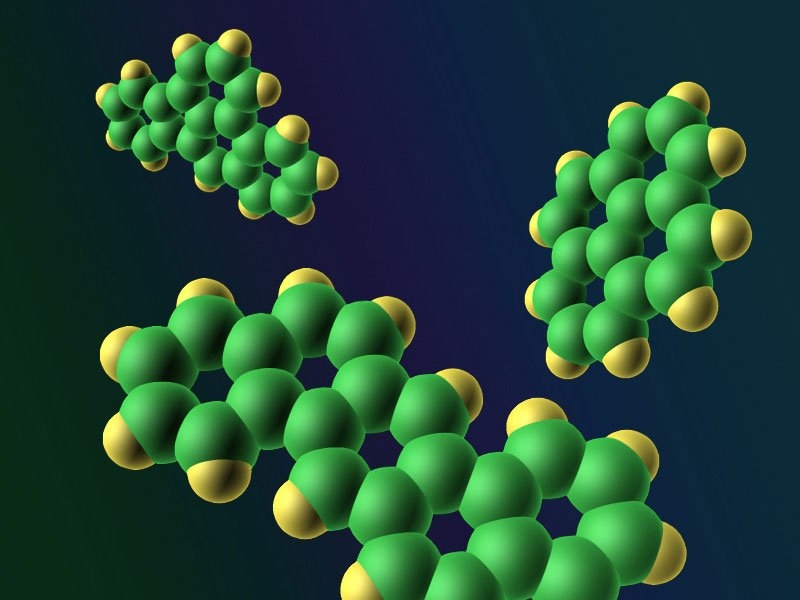
Developing a polycyclic aromatic hydrocarbon exposure dose-response model for fish health and growth-Marine Pollution Bulletin
One of the more important steps in understanding the ecosystem-level effects of anthropogenic disturbances on resident species is developing an accurate representation of the lethal and sub-lethal effects of these stressors. We develop methods for describing the impacts of oil on growth and mortality rates in fishes. We conducted a literature search to determine potential relationships between direct and indirect effects of exposure to oil, based on the frequency of lesions and body growth reduction. Data examining these effects with different exposure mediums were assessed and then input into four potential response models (a linear, step-wise, hockey-stick, and exponential model). We assessed the models using the Akaike Information Criterion. The most parsimonious and best fit model was the hockey-stick. This analysis will aid in identifying where future research on the impact of oil on fish should focus and also aid the development of ecosystem models on impacts of oil spills.
Dornberger, L.; Ainsworth, C.; Gosnell, S.; Coleman, F; Developing a polycyclic aromatic hydrocarbon exposure dose-response model for fish health and growth, Marine Pollution Bulletin, Available online 10 June 2016


